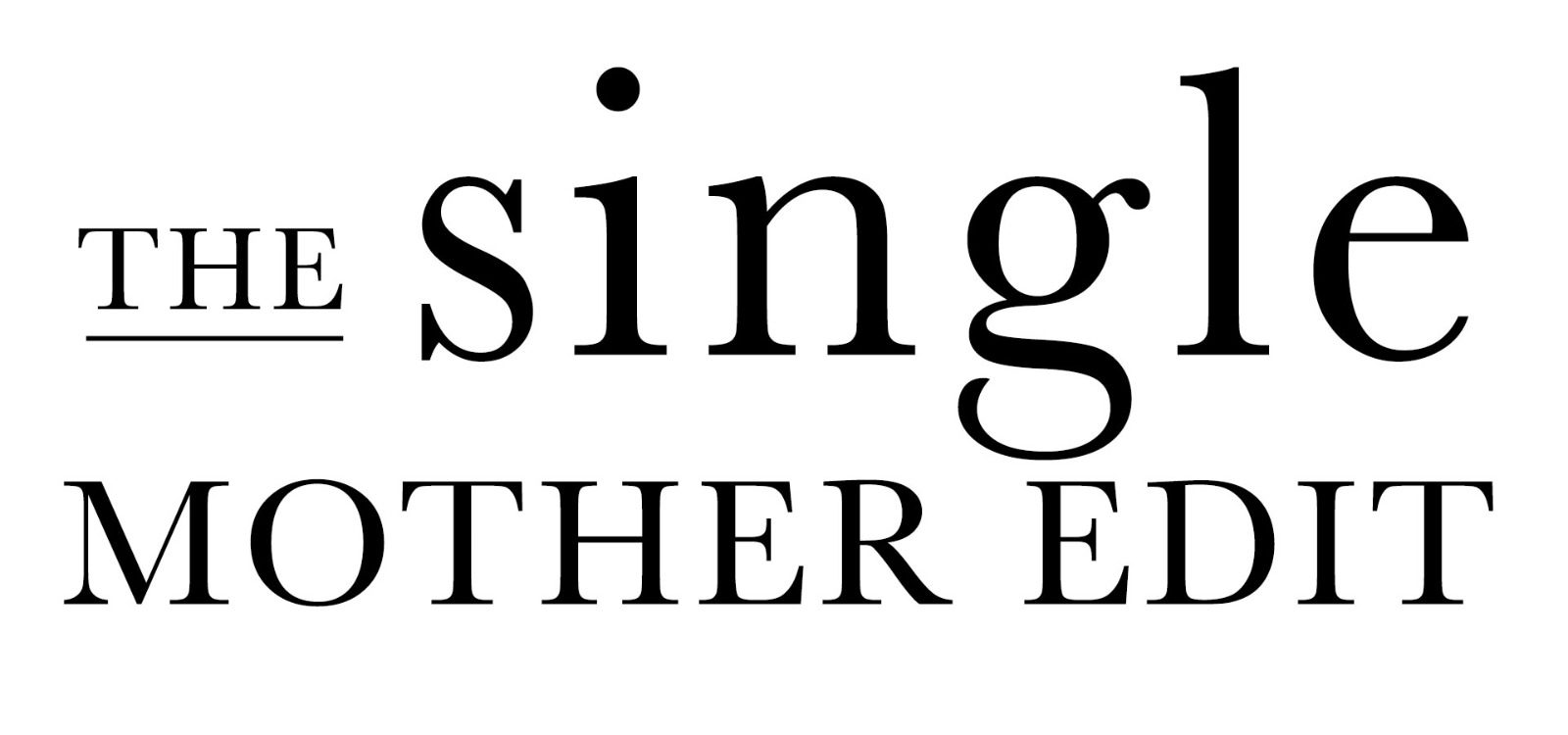As a single parent, you’re probably more aware than anyone how important it is to save for the future. The chances are that money may be tight for you, and you will most likely want the opposite for your children for when they’re older. There might not be much money to spare for savings, but if there is, how can you optimise it to give your kids the best start to adult life possible?
It is advisable to start saving for your child as soon as you’re able. Open them a basic savings account that’s linked to your main bank account so that on Christmas’ and birthdays if they don’t need anything specific you can ask friends and family members to give them some money for the future. Any cash that arrives in cards or cheques you receive for them can be paid straight into the account, and you’ll be surprised how quickly they’ll start building a little pot. So, once the pot starts building, how can you maximise what you’re getting out of it?
In the UK, there are several options available to help parents and guardians build a nest egg for their children. This article does not contain financial advice, but lays out the available options so that you can think about which will work best for you and your children.
Savings Account Options For Children In The UK
Junior ISAs (JISAs)
Junior ISAs are tax-free savings accounts for children under 18. There are two types:
Cash Junior ISA: This works like a regular savings account, offering a fixed or variable interest rate.
Stocks and Shares Junior ISA: This allows you to invest in funds, shares, and other investments, potentially offering higher returns but with more risk.
The annual tax-free allowance for Junior ISAs is £9,000 for the 2024/25 tax year. Parents, family members, and friends can contribute, and the money is locked away until the child turns 18.
How Does Universal Credit Work for Single Mums?
Children’s Savings Accounts
Easy Access Savings Accounts
These accounts allow you to deposit and withdraw money at any time. They typically offer lower interest rates but provide the most flexibility if you suddenly need the money to pay for something they need (like a PS5 for example!). These are good for teaching slightly older children how to manage their own money and make decisions on what to withdraw money from their savings for.
Regular Savings Accounts
These accounts often offer higher interest rates than early access accounts but they require regular monthly deposits. They may have restrictions on withdrawals, so think about whether or not you need flexibility for your child’s savings.
Fixed-Term Savings Accounts
Also known as bonds, these accounts offer a fixed interest rate for a set term. They typically provide higher rates but limit access to funds during the term, so you may not be allowed to access the money early without forgoeing any interest accrued on the account.
Premium Bonds
Premium Bonds, offered by NS&I, are a unique savings option. Instead of earning interest, bondholders are entered into a monthly prize draw with tax-free prizes ranging from £25 to £1 million. While there’s no guaranteed return, the bonds offer a fun element of chance that may appeal to young savers. However, you should think about whether you want to introduce them to the concept of a lottery (or gambling!) this early in life, and remember that the more you have the more likely you are to win, so it may not be a great option for small amounts of money.
Pensions for Children
For a long-term approach, you can set up a pension for your child. Contributions are limited to £2,880 per year, which is topped up to £3,600 by the government. The money is locked away until the child is at least 55 (57 from 2028). This one really is a long-game.
Things To Think About For Savings Accounts For Kids
Tax
Children have a Personal Allowance of £12,570 for the 2024/25 tax year. However, if you give money to your child that earns over £100 in interest annually, it may be taxed as your income.
Inflation Risk
For long-term savings, consider the impact of inflation. Cash savings may lose value over time, making investments like stocks and shares more of a potential option for growth.
Access to Funds
Some accounts, like Junior ISAs, lock away funds until the child is 18. Might you or your child need access to the money sooner for something important?
Get Them Involved
It might be worth considering getting your kids involved in managing their savings as they get older, as it can be an excellent way to teach financial literacy. Some accounts allow children over seven to manage their own money. Would I allow my eight-year-old to manage his money, though? Absolutely not. There’s a limit on how many football cards I can pick up before I snap.
Compound Interest
Starting to save early can harness the power of compound interest, potentially leading to significant growth over time. Nobody taught me about compound interest and the value of building cash over a handbag collection, but I have the chance to approach things differently with my son.
What Can You Afford?
Remember, while saving for your child’s future is important, it shouldn’t come at the expense of your own financial stability. Balance your child’s savings with your other financial priorities, including emergency funds and retirement savings. Hopefully they’ll look after us in our old age, but they might not!
There’s a whole chapter on finances in How To Be A Happy Single Parent. Check it out today.

